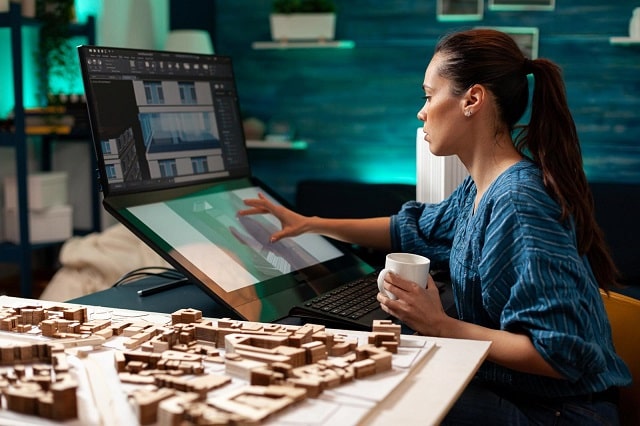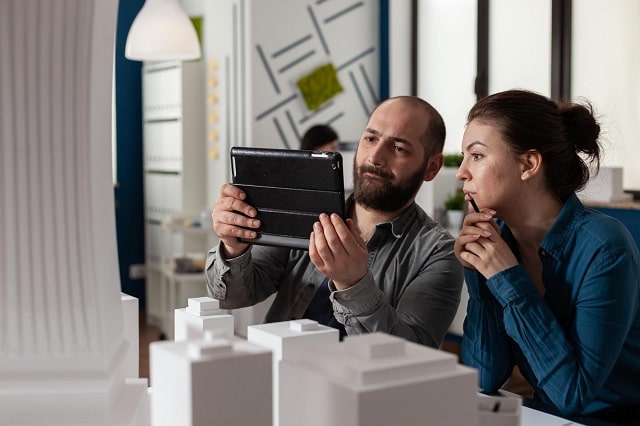Many problems humans face are solved by technology. Technology is the application of science to solve real-world problems. This has powered human and economic development in the past few centuries. However, the principles obtained with scientific methods cannot be directly applied to real-world problems. The scientific process is, by and large, abstracted away from real-life problems. Technology is what bridges the gap between the two.

Technology is again much broader than real-life applications demand. To understand the difference between scientific principles and technology, let’s analyze solutions to one of the oldest problems faced by human beings: we need food, water, shelter, and other resources to sustain us and move forward with our lives. But all of these resources were not always available in our immediate vicinity, so we had to move around to obtain these resources. Initially, we moved with our legs, and as such, we could cover only a limited area.
Later, humans mastered the use of domesticated animals for transportation. Horses, donkeys, cattle, camels, and even elephants were tamed and used for transportation. This also had various limitations including the range of travel. In the 17th century, melding together various mechanical, physical, and chemical principles, locomotives were born. This is the application of scientific principles to solve problems. Steam engines and internal combustion engines are technologies that act as the solution to transportation problems. Today, the engineering design process is applied to HVAC systems, food processing equipment, boats, automobiles, and commercial trucking, and everything in between.
Technology refers to a broad solution to a broad problem. But to use technology to solve a specific problem, technology has to go further. Taking the transportation example forward, the internal combustion engine is a broad technology solution to the broad problem of transportation, but it doesn’t satisfy specific transportation problems.
For example, say the transportation problem is transportation from Cincinnati to Pittsburgh. “Internal combustion engine” is a broad answer to the problem, but it doesn’t satisfy the specific requirements. In this example, engineers need to consider the following questions (among others) before a solution can be built:
After these questions are answered, you know how to build the automobile, the tools required, the materials required, and the expected timeframe to complete building the automobile. The use of technology to build specific solutions for specific problems is under the purview of engineering.
Engineering skills are in high demand around the world. Scientific breakthroughs happen with a few scientists. Likewise, developing technology from scientific principles also just needs a few brilliant minds. But for solving specific problems, engineering talent is required – and specific problems in need of solutions are plentiful in modern society.

The engineering design process is the process of applying engineering skills to solving specific problems and building solutions to those problems. After dissecting and analyzing the engineering problem at hand, the solution is built while considering all design constraints and requirements.
It’s a structured process of thinking through the engineering problem that encompasses various steps and tools (like worksheets). The steps involved in the engineering design process include:
Going through these steps will help engineers arrive at and build a solid solution to the problem. The steps in the engineering design process are not set in stone; while they serve as a template for working through problems, you can modify them according to your environment. The engineering design process also identifies the tools needed to work through problems, and these tools can be used to test and build the solution.
The engineering design process is followed across many industries with minor tweaks appropriate for each business setting. Engineers who master the engineering design process build the robust engineering solutions that are widely used to solve modern-day problems. You can learn more about the steps and tools used in the engineering design process in our ‘Expert’s Guide to the Engineering Design Process’ article.
Our sales engineers are experts in automatic asset tracking, tagging and identification,a nd can answer all your questions. Get in touch now.
Lets Talk ›